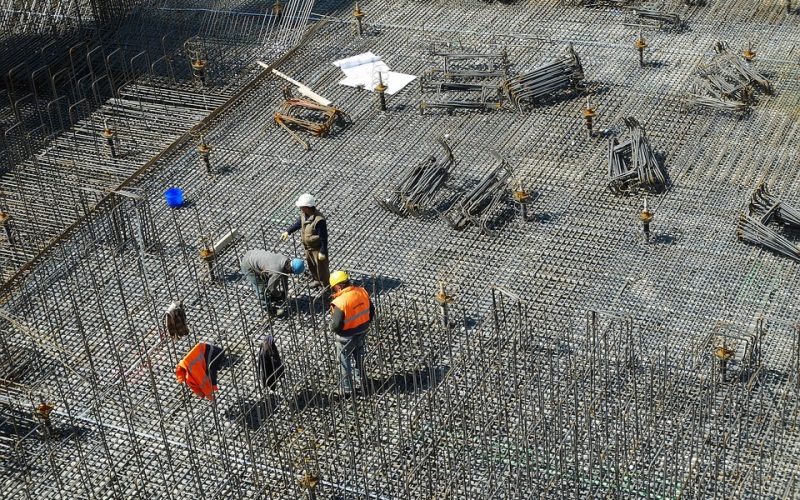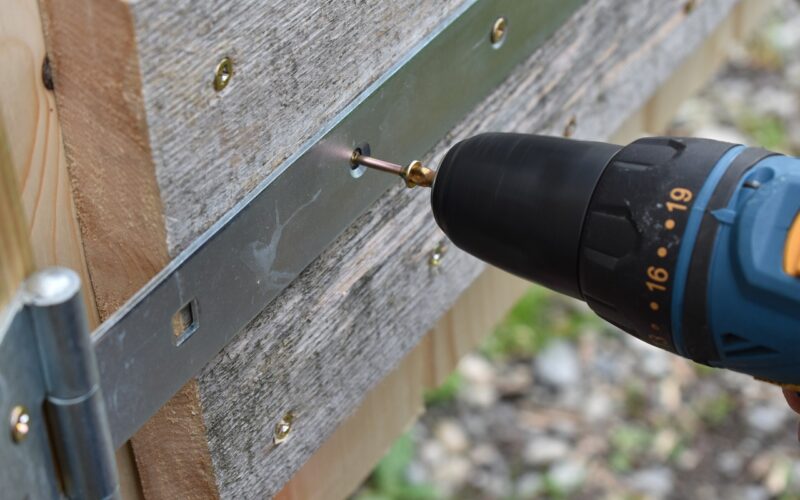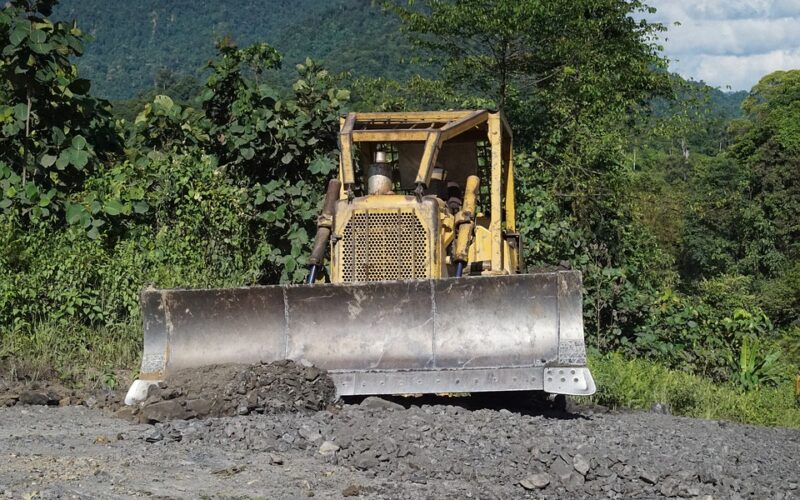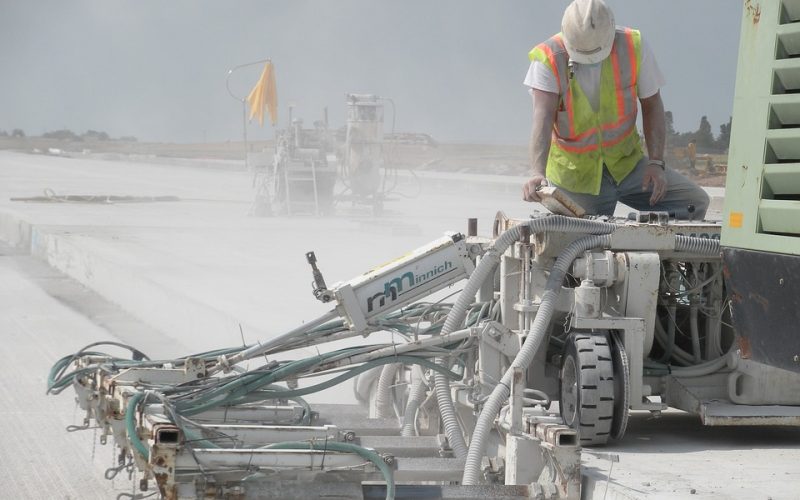No matter how large or small a building is, it will not stand long without a secure foundation underneath it. Construction engineers have the task of making sure a building is properly supported. There are several different steps they must take to ensure the building will not sink or list once it is built. The foundation is only a small part of the work that must be completed correctly to have a good base for a safe building.
The work of laying a good foundation begins with testing the ground underneath the building site. The construction engineers must test the ground and ensure it can hold the weight of the entire building. If the ground is not up to the task, it must be dug out and the correct combination of soils and silica sand must be hauled into place. Once the correct types of soil and sand are added, the ground must be tamped. This strengthens the base under the building and allows it to support more weight.
Footers to hold the building's weight and foundation are the next step. These are poured concrete columns that the basement will rest on. They go down into the ground and support the foundation from underneath. Their job is to distribute the weight of the higher floors and roof of the building throughout the foundation and into the ground. That way, only part of the building's weight rests on the sides of the foundation.
Once the footers are in place and approved, the actual foundation can be laid. Most modern buildings use wood formers to create the shape for a concrete foundation to be poured in place. The concrete is a combination of silica sand, dried aggregate stones and Portland cement that is mixed with water. This creates a durable concrete that will last for many years.























